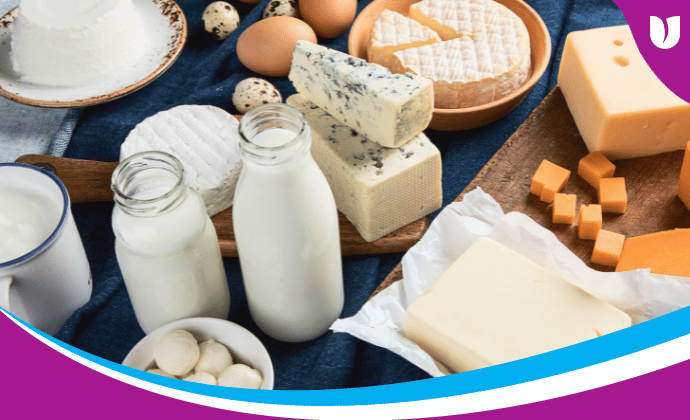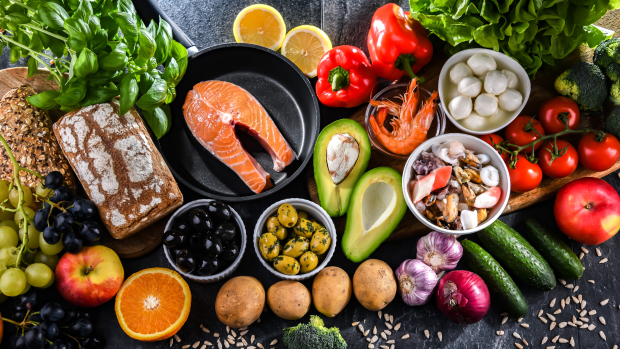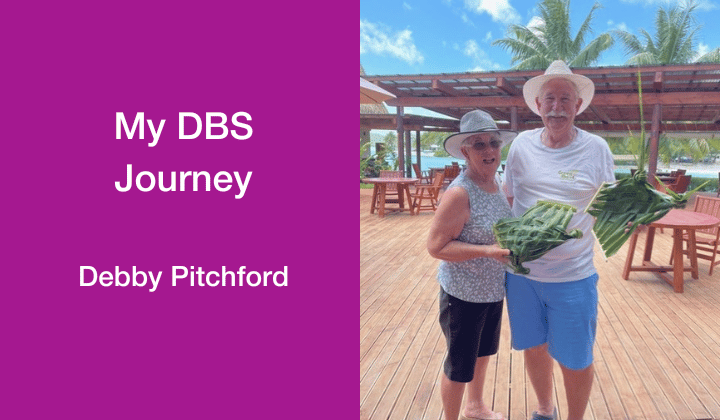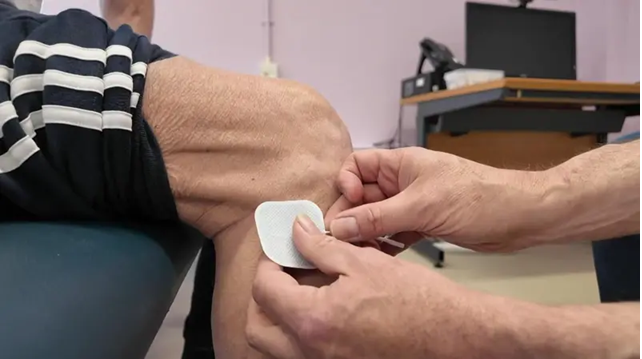How to plan nutritious easy-to-chew meals
Parkinson’s disease can slow the normal swallowing movement of the throat (peristalsis). This condition is called dysphagia and can lead to choking, or the inhaling of food into the lungs.
Together with chewing problems – another common symptom – this means mealtimes can become difficult for patients. In the long run, chewing difficulty and/or poor oral health can also lead to malnutrition.
This article does not apply to the condition of dysphagia, only to chewing difficulty. If swallowing is a problem, or if you have choked, it’s very important to ask your doctor for a referral to a speech therapist.
They can determine whether you are at risk and can demonstrate safe swallowing techniques. If needed, they may order a special diet of puréed foods and thickened liquids.
Digestion difficulty
Let’s think about what happens to a piece of boiled potato just after we place it in the mouth. The teeth chew the potato, grinding it up into smaller pieces.
If not for the teeth, the potato might be too large to swallow, and we would choke. Besides that, the stomach would have a hard time with a single, large piece of food – it can digest small pieces much better than large ones.
The teeth and tongue also move the potato around the mouth, and that movement stimulates the taste buds, which helps us enjoy our food. After the food is chewed, the tongue pushes it to the back of the mouth in position for swallowing.
But for some people with Parkinson’s chewing can be difficult. Nerves that guide the muscles of the jaw and tongue become weaker. It may take an unusually long time just to chew a bite of food. Then the tongue has a difficult time moving food to the back of the mouth in position for swallowing.
I’ve known people who have needed three to four hours to finish just one meal, which means there is hardly enough time in the day to eat the amount of food necessary to maintain a healthy weight and get all the necessary nutrients.
Besides the nerve damage that Parkinson’s can cause, there are other concerns. Dry mouth, which is common in patients; poor oral hygiene, due to difficulty managing a toothbrush; and sugary foods, can all cause tooth decay and/or tooth loss.
Soft solutions
If your ability to chew food properly is affected, you’ll need to focus on eating soft foods that can be easily swallowed, but also a variety of foods for good health. Nutrition is just as important, perhaps even more so, when it’s hard to eat.
Protein
When looking for softer proteins, ground or puréed meat and flaky, canned fish are good choices, as they don’t require much chewing.
Cottage cheese contains high-quality protein and adds texture and flavour to casseroles and other dishes. Grated cheese mixed with mayonnaise is a good option.
Eggs can be scrambled, fried, or soft-/hard-boiled and diced for egg salad.
Cooked dried beans are not only high in protein but are also rich in fibre. They can be mashed and thinned or thickened as required.
Peanut butter can be blended into smoothies as it can get stuck in the mouth or throat when eaten on its own.
Note: for those who use levodopa and are especially sensitive to protein, plant proteins such as beans may not block levodopa absorption as severely as animal proteins.
Vegetables and fruits
These are important sources of vitamins, minerals, antioxidants, and fibre but can be hard to chew. Cooking and puréeing solves the problem – for example, making apple or pear sauce.
Bananas can be difficult to move to the back of the mouth for swallowing, but they are very easy to swallow when blended with liquids into a smoothie.
Vegetables such as potatoes, sweet potatoes, squashes, turnips, carrots, and peas can be cooked and mashed. You can make a hearty soup of green beans, zucchini, squashes, tomatoes and sweet peppers. Make sure that they are finely chopped and cooked with broth and ground meats.
Grains
These have complex carbohydrates and fibre as well as trace minerals and vitamins.
Cooked cereals such as oatmeal, bread pudding made with whole-wheat bread, and rice pudding made with brown rice are all good choices. Sandwiches may not work well, but sauces, gravies, and cream soups can be poured over whole-grain bread to moisten it and make it easier to chew.
Dairy products
Milk, yogurt, custard, and puddings are all easy to chew and are rich in protein, calcium and B vitamins. You can add fresh or dried milk to casseroles, cooked cereals and soups.
Note: Some people who use levodopa find that milk protein blocks levodopa absorption to a greater extent than other proteins. Others are allergic to dairy. If so, consider one of the milk alternatives – almond, soy, or coconut milks and vegan cheeses.
Source
Kathrynne Holden, former National Parkinson Foundation dietician (UK)






